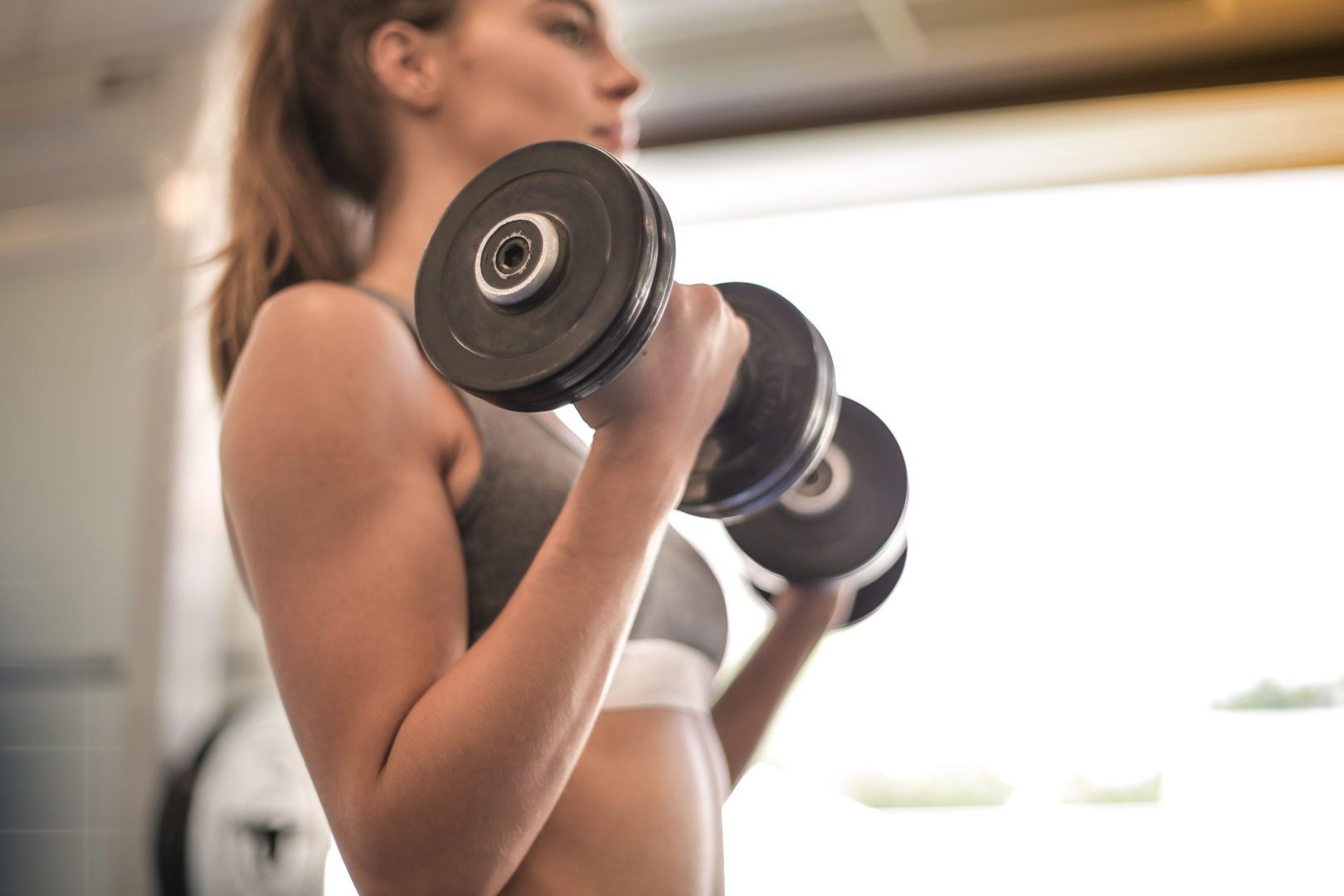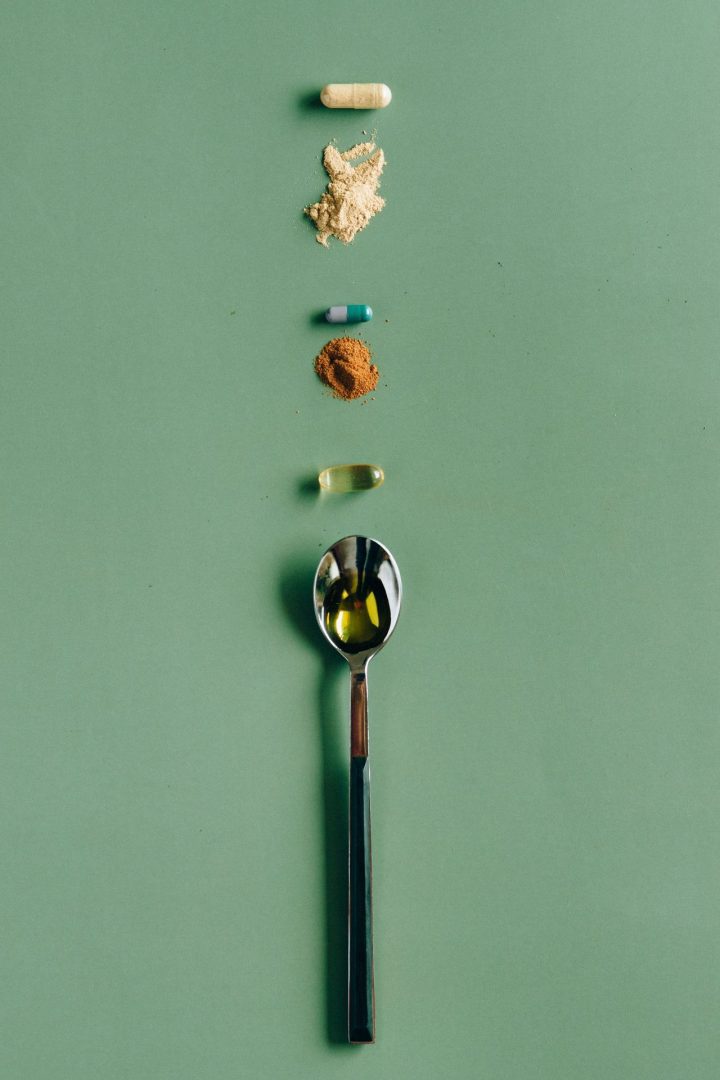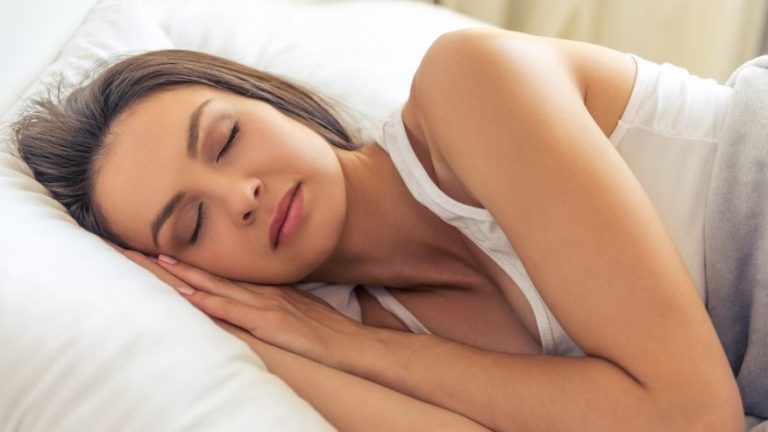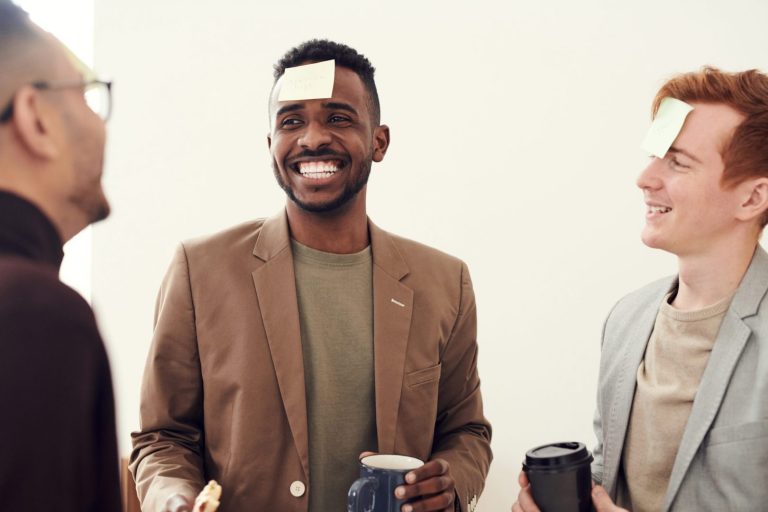Sport/Exercise vs COVID-19|part 1
In these times of uncertainty, it is easy for us to feel out of control, especially when our healthy lifestyle, such as our sport and exercise routine, is affected. A sudden unwanted disruption to our autonomy in our routines can create a temporary helpless feeling[1] in us that will hinder any motivation and creativity to blossom. Such is the case with the new addition within our society, Mr. Covi*. Yes, I decided to give it a cute name so as to start seeing it as a minor obstacle to work around rather than a threat.
Does the lack of access to gyms mean that we can’t keep practicing our sport/fit and healthy?
Having COVID present doesn’t have to sabotage our sport/exercise activities. In fact, with technology in place, there are countless possibilities of what one can do to stay on track with one’s sport or exercise routines.
So, what else can we do to keep fit and healthy while heeding the new advice about staying at home as much as possible?
There are endless amount of bodyweight exercises which do not need any equipment and can give you a great workout e.g. burpees, jumping jacks, push-ups, lunges, bridges etc. A quick online search can give you endless variations from beginner to advanced workouts.
In the case I want to have more intensity, what equipment can I use?
Cheap equipment (e.g. resistance bands or dumbbells) can provide a full body workout which can be bought online and delivered to your door. If financially you may be struggling, household items can also be used successfully e.g. filled back pack, water jug or reuseable grocery bag, books, among others.
What if I get really bored working out inside?
Nature is a great alternative to practicing some exercise (e.g. walking, running, cycling, tennis, badminton) and as a time for some mental clarification, as long as you follow the health guidelines. Bonus: wearing a weighted vest or ankle weights during walking can increase intensity.
How can I still feel I form part of an exercise/sport community/team?
Keeping in touch with your coach (if you have one) is key. Firstly, it can be an ideal space where you can target weaknesses that have been put aside. Secondly, I’ve seen some local and foreign dedicated coaches who are providing digital recorded workouts, daily/weekly training regimes, and possibility of skype/zoom/team workouts which can still retain that community feel.
What if I’m used to having a gym-buddy to keep my exercise motivations high?
In this case, stay in touch with each other through video calling; either timing the workout to be done at the same time or keeping each other informed of the daily workout and how you got on with it.
Sometimes having children with me can be difficult to find time to have an exercise session. What can I do?
Try to include family members and make it as a family bonding session or challenge each other to increase motivation for engagement.
Are there any other resources I can use that feel more like playing a game rather than exercise?
Home video game consoles, old gifts/purchases (e.g. table tennis or even a simple ball will do) or even everyday house objects are great alternatives to include some fitness in your day with an element of fun. Check this out: https://whatmomslove.com/kids/active-indoor-games-activities-for-kids-to-burn-energy/
What other recommendations can you provide at such restrictive times?
Use this time to start
working on your mental fitness, e.g. mental imagery/visualisation, breathing
exercises etc. If you don’t know how to do these try getting in touch with a
sport/exercise/performance psychologist for some helpful tips.
[1] Deci, E. L., & Ryan, R. M. (1987). The support of autonomy and the control of behavior. Journal of Personality and Social Psychology, 53(6), 1024–1037
Bernice Sant is a Performance Psychologist and a keen fitness and sport enthusiast who’s in her final stage of a Professional Doctorate in Sport and Exercise Psychology. Her research and interest focuses on areas relating to anxiety, resilience, physical activity motivation and behaviour, self-reflection, existentialism, mindfulness, nutrition, behaviour change and sport injury rehabilitation.”







